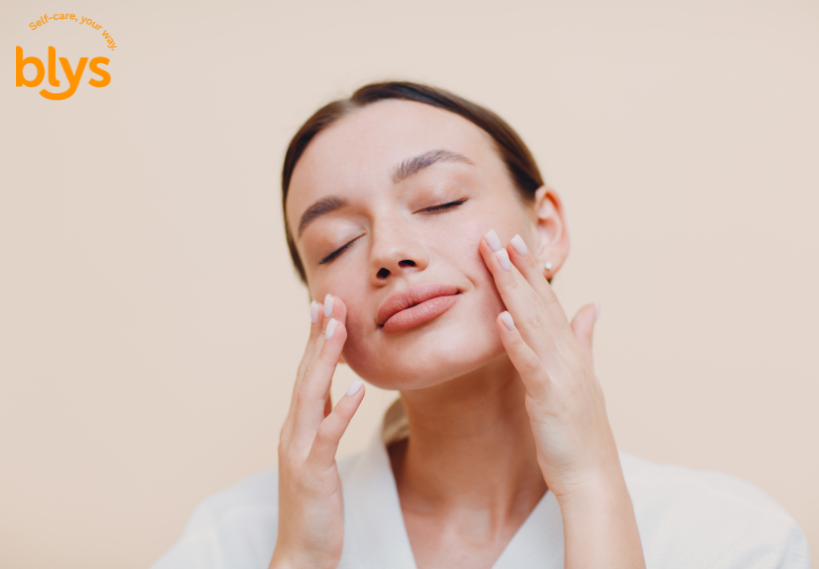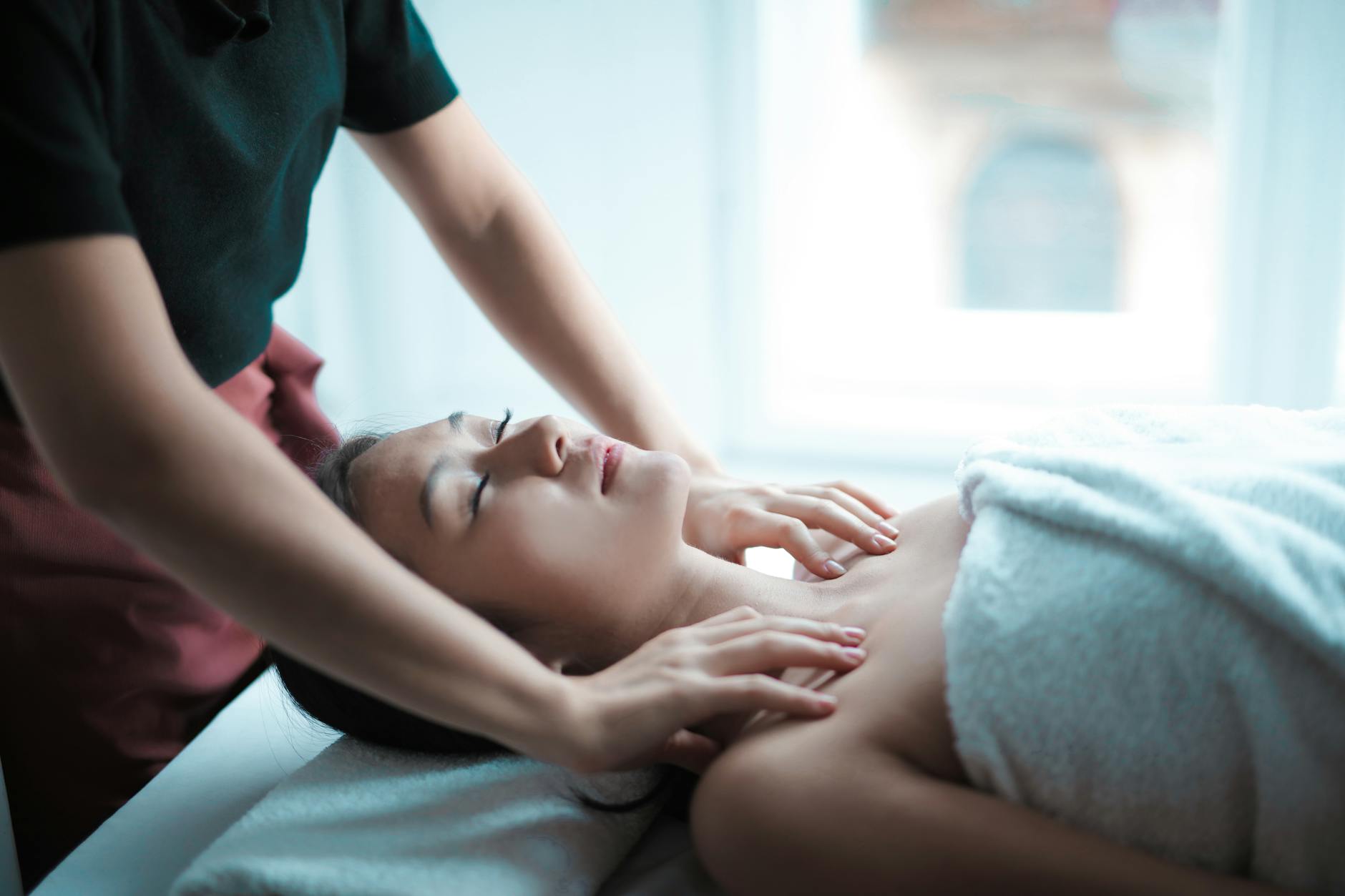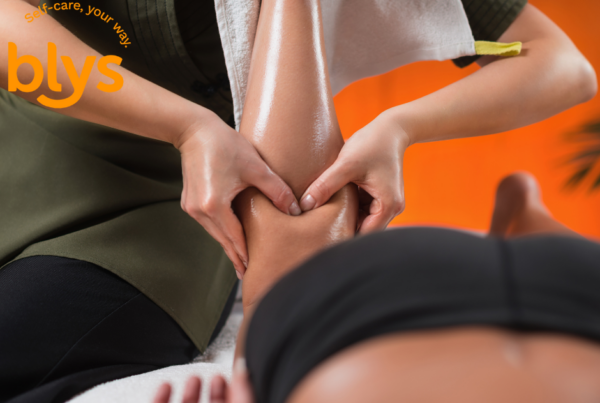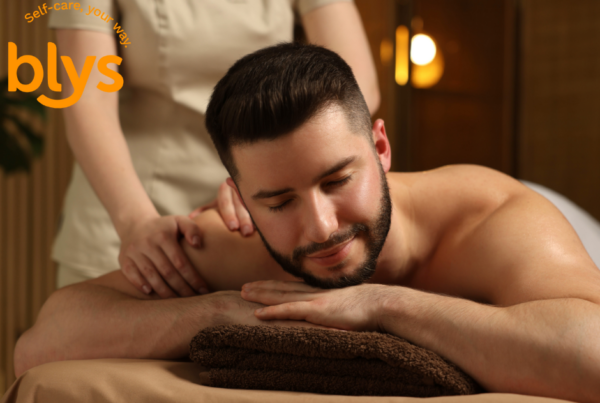 Liposuction removes stubborn fat deposits by breaking them up and suctioning them out of the body. While it is a common procedure, it is still surgery, and your body needs time and care to heal. After liposuction, it is normal to experience swelling, bruising, and fluid buildup as your body begins the recovery process.
Liposuction removes stubborn fat deposits by breaking them up and suctioning them out of the body. While it is a common procedure, it is still surgery, and your body needs time and care to heal. After liposuction, it is normal to experience swelling, bruising, and fluid buildup as your body begins the recovery process.
But recovery is not just about lying in bed and waiting it out. Active healing methods can make a big difference in how quickly and comfortably you bounce back. One of the most effective ways to support post-op healing is through lymphatic drainage massage after liposuction.
This gentle, specialized technique helps reduce fluid retention, support circulation, and ease discomfort while encouraging your body to heal naturally. With Blys’ mobile massage therapists, you can get the care you need right at home. No travel. No added stress. Just safe, professional support during your recovery.
What Happens to the Body After Liposuction
Liposuction may focus on fat removal, but the body responds as it would to any surgical procedure. After treatment, it is common to experience swelling, bruising, inflammation, and fluid retention around the targeted areas. These reactions are part of the body’s healing process and can last for several weeks.
According to the American Society of Plastic Surgeons, post-liposuction swelling can persist even after initial bruising fades, with fluid buildup being one of the main concerns during recovery. This is where your lymphatic system plays a major role.
Here is what typically happens after the procedure:
- Swelling from fluid accumulation in the treated areas
- Bruising due to small blood vessel trauma
- Inflammation as the body initiates repair
- Fluid retention caused by disruption of normal lymph flow
The lymphatic system is responsible for clearing excess fluid and waste. But after surgery, it can become sluggish or overloaded. Supporting lymphatic circulation early on helps reduce swelling, ease discomfort, and improve recovery outcomes.
How Lymphatic Drainage Massage Supports Recovery
After liposuction, your body begins a complex healing process. Swelling, fluid buildup, and inflammation are common as the body works to repair tissue and clear out waste. One of the most effective ways to support this recovery is through lymphatic drainage massage.
This gentle technique uses light, rhythmic strokes to stimulate lymph flow and encourage drainage. A properly functioning lymphatic system helps reduce swelling and discomfort, which are common in the days and weeks following liposuction. In fact, recent research supports the use of manual lymphatic drainage in improving post-operative recovery, including less inflammation and improved tissue repair.
Here are some key benefits of lymphatic drainage massage after surgery:
- Enhances lymphatic circulation to clear trapped fluids more effectively
- Minimises swelling and bruising by reducing fluid accumulation
- Helps flush out residual anesthesia, fat debris, and toxins
- Supports smoother skin retraction and helps reduce fibrosis or lump formation
- Promotes faster relief from discomfort and stiffness
Some surgeons even recommend starting within the first few days after surgery. As Dr. Bednar explains, regular lymphatic massages can play a key role in reducing complications and speeding up healing.
To make things easier during recovery, Blys’ mobile therapists come to your door, offering professional care in the comfort and privacy of your home.
When and How Often to Get Post-Lipo Massage
Knowing when to start and how often to schedule lymphatic drainage massage after liposuction can make a noticeable difference in how smoothly your recovery goes. While massage isn’t usually performed immediately after surgery, many plastic surgeons recommend starting within 48 to 72 hours once your doctor has cleared you to begin.
The early days of healing are when swelling and fluid retention are most intense. Starting massage during this window can help prevent buildup and improve circulation without disrupting healing tissue.
In general, here is what a post-lipo massage schedule might look like:
| Post-Surgery Timeline | Suggested Frequency | Purpose |
| Days 2–7 | 2 to 3 sessions | Reduce swelling and promote fluid drainage |
| Week 2 | 2 sessions | Maintain progress and ease stiffness |
| Weeks 3–4 | 1 to 2 sessions | Continue supporting lymph flow as swelling fades |
| Month 2 and beyond | As needed | Address any lingering tightness or lumpiness |
These are general guidelines. Every person heals differently, and the number of sessions you need depends on your body, the extent of your procedure, and your doctor’s recommendations.
Always consult with your surgeon before scheduling your first session. Once you’re cleared, booking a mobile massage through Blys ensures you get professional care without the hassle of traveling while healing.
If you’re curious about the benefits beyond post-surgery recovery, check out how lymphatic drainage massage for the face can help reduce puffiness and boost skin radiance.
Why Home-Based Post-Op Massage Is a Game Changer
Getting a lymphatic drainage massage after liposuction at home does more than save time, it helps create the ideal environment for healing. Right after surgery, your body is in recovery mode, and avoiding unnecessary movement can reduce complications and support faster results.
Here is why mobile massage is the better choice during recovery:
- No travel required: You avoid the physical strain of getting to a clinic and lower your risk of exposure to germs and infections.
- Better rest and hydration: Being home makes it easier to lie down, drink water, and follow proper post-massage care immediately after the session.
- Less pressure on surgical areas: Staying in one place helps protect incision sites and prevents unnecessary discomfort caused by walking or driving.
- Private and familiar setting: You control your space, which can help reduce anxiety and make your session more relaxing.
- Professional, vetted therapists: Blys therapists are fully qualified, insured, and reviewed, so you can feel confident in the care you’re receiving.
Skip the drive. Book a trusted Blys lymphatic drainage massage therapist to come to you at your pace, in your space.
What to Expect During a Post-Op Lymphatic Massage
A post-op lymphatic drainage massage is not like a typical deep tissue or relaxation massage. It is light, slow, and specifically designed to help your lymphatic system work more efficiently without disturbing healing tissue.
Therapists use gentle, rhythmic strokes around the treated areas and nearby lymph nodes to help guide excess fluid out of the body. Most clients find the experience soothing, not painful. After a session, it is common to feel lighter or notice increased urination as your body begins flushing out waste.
Here is a quick breakdown of what to expect:
| Aspect | What You’ll Experience |
| Pressure | Very light, gentle touch—no pain or deep tissue techniques |
| Focus areas | Around surgery site and lymph nodes (not directly on incisions) |
| Sensation | Relaxing, may feel less bloated or swollen afterward |
| Post-session effects | Mild fatigue, increased urination, lighter feeling |
| What to wear | Loose, comfortable clothing that is easy to remove |
| How to prepare | Drink water, rest after, and avoid tight clothing |
For more detailed prep tips, check out how to prepare for lymphatic drainage massage.
Getting familiar with the process can help ease anxiety and ensure you get the most out of every session.
Common Concerns and FAQs
If you’re new to lymphatic drainage massage after liposuction, it’s natural to have questions. Here are answers to some of the most common concerns people have during recovery:
1. Is it safe after surgery?
Yes, but always wait for your surgeon’s clearance before scheduling your first session. Most people can start within 48 to 72 hours post-op.
2. Does it hurt?
No. Lymphatic drainage massage is very gentle and should never feel painful. The pressure is light and calming, often described as relaxing and soothing.
3. Will it affect scars or sutures?
No. A qualified therapist will avoid direct contact with incision sites and instead focus on surrounding areas to stimulate drainage without interfering with healing tissue.
4. Can I do it myself?
It’s not recommended. The lymphatic system follows specific drainage pathways, and trained professionals know exactly where and how to apply pressure. Doing it incorrectly can be ineffective or even counterproductive.
Choosing a qualified lymphatic drainage massage therapist ensures that your recovery is supported safely and effectively, especially in those crucial early weeks after surgery.
Gentle Help That Goes a Long Way
Recovering from liposuction takes time, but the right support can make the process smoother and more comfortable. Lymphatic drainage massage post surgery offers a gentle, effective way to ease swelling, reduce fluid retention, and help your body heal from the inside out.
When done consistently and with guidance from your surgeon, this therapy can help accelerate your recovery while also improving how you feel day to day. The key is to listen to your body. Some days you may feel ready for a session, while others might call for rest and that’s okay.
Whether you’re in the early stages of healing or looking to ease lingering tightness, lymphatic drainage massage can be a helpful part of your routine. And with mobile therapists from Blys, it’s easier than ever to get professional care right where you need it at home.





